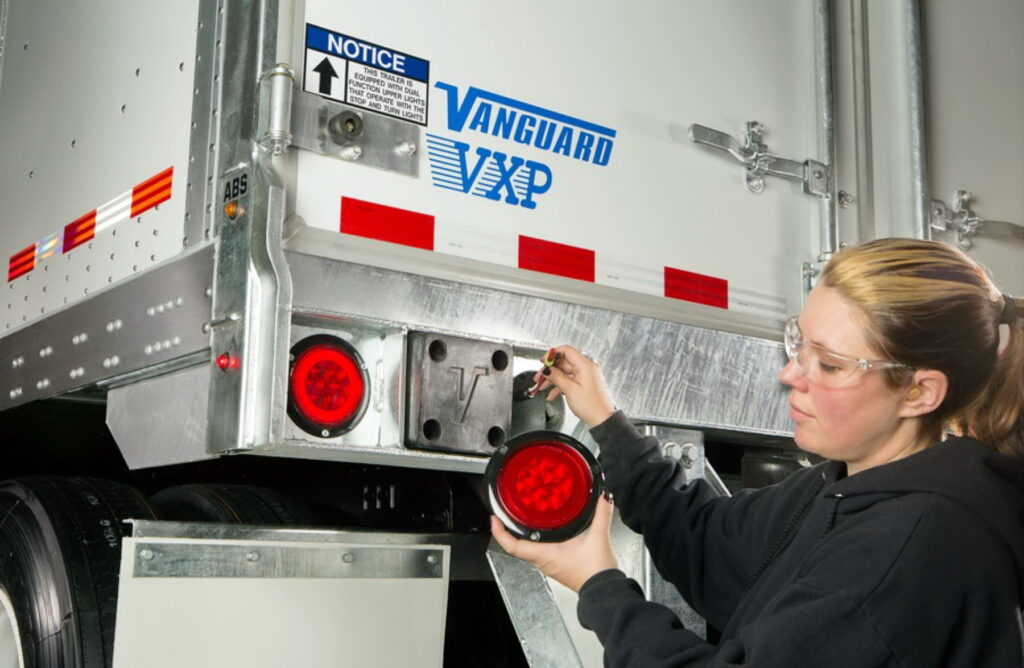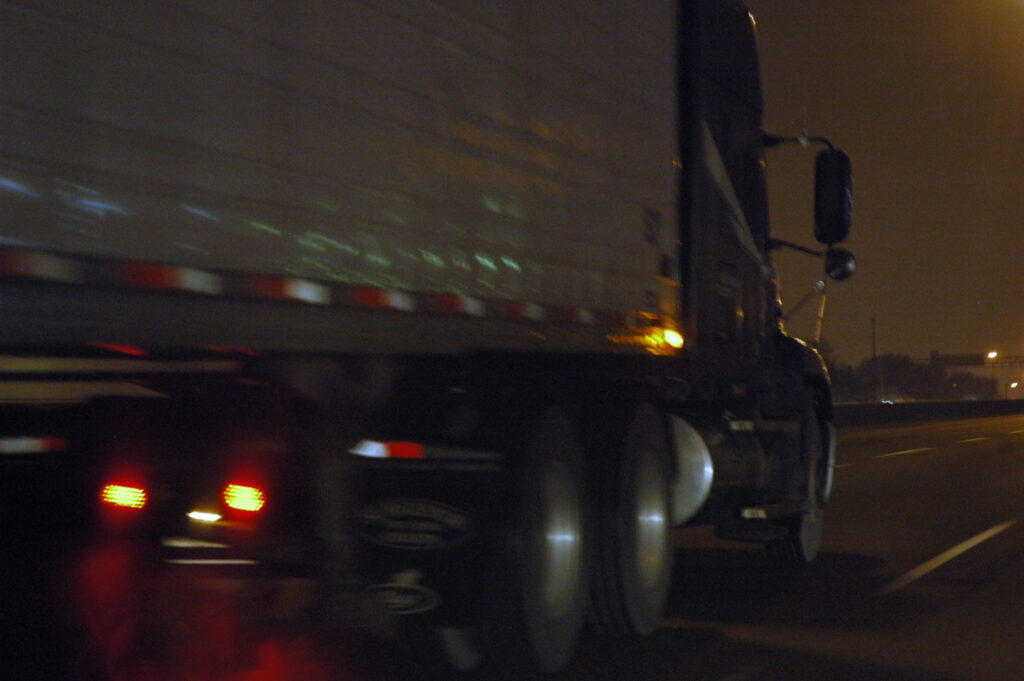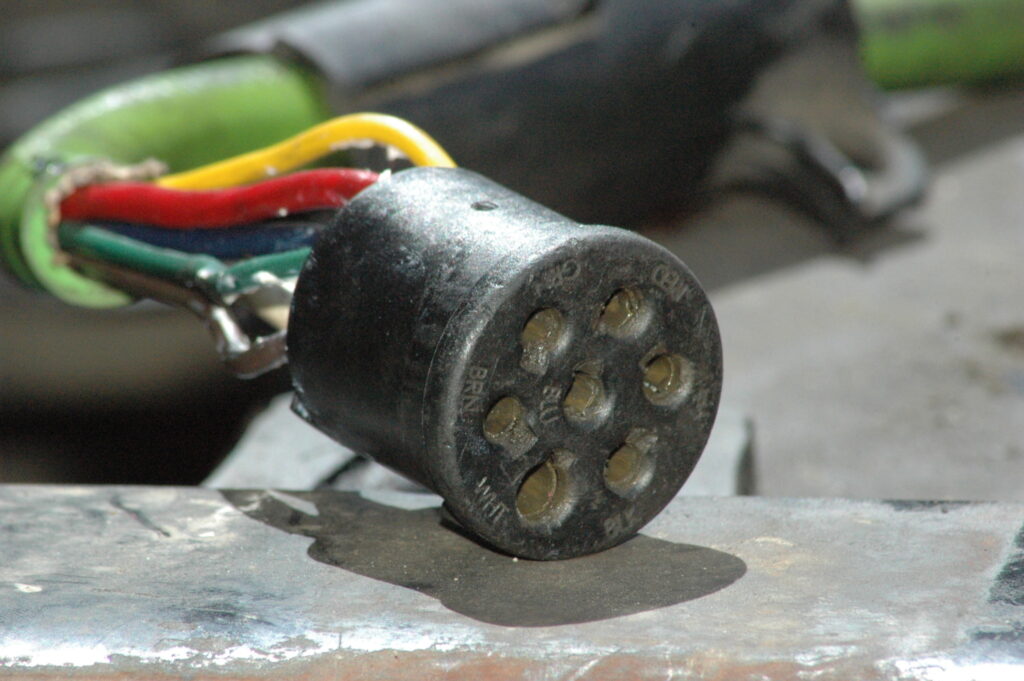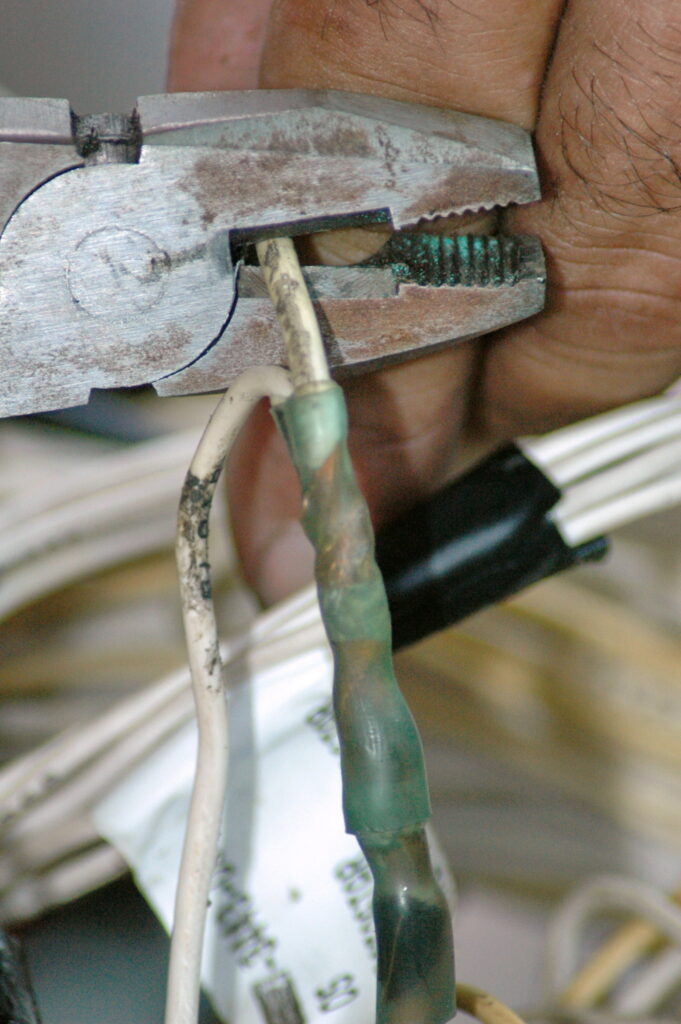Will your vehicle lighting pass a Roadcheck inspection?
The annual Commercial Vehicle Safety Alliance (CVSA) Roadcheck inspection blitz runs May 4-6, and enforcement teams will place a special focus on vehicle lighting this year.
There’s a good reason. Lighting problems accounted for almost one in four of the most common vehicle violations found at roadside in 2020. But how do you keep the lights shining?

Here are a few tips that will apply during Roadcheck and beyond.
1. Conduct some spring cleaning
Winter can play havoc with electrical connections, so it’s time for some spring cleaning around your vehicle lighting and related wiring.
“Any wires that hang down from their correct runs on the exterior of trailers are prime candidates for ice buildup,” notes Alicia Jones, global market manager – trailer/body builder at Grote Industries.
“As ice accumulates, the increased weight pulls on the wiring, causing more fraying, loose, or severed connections, lamp dislocations, and stress on splices. If a wire or cable pulls out completely, you can lose your lighting.”
Jones recommends securing the connectors and tucking any dangling wiring up into its run, and securing the wiring with plastic tie wraps. Also, check to see that drip loops are not in a place where future ice can build up.
“In winter, drip loops no longer always deflect water as they do when the temperature is above freezing,” she says.

2. Focus on the older equipment
Older equipment is more susceptible to problems because corrosion has had time to set in, connectors may have loosened over time, and the light fixture itself may be damaged.
“Small cracks can develop in the inner and outer insulation of constantly flexing cable, and abrasions may occur as it relentlessly contacts metallic surfaces,” warns Kyle O’Dell, director of engineering and new product development at Optronics International and USA Harness International.
“Any breach in the protective surface of the wire can [permit] water and road chemicals. The same flexing and undulation can promote the migration of moisture throughout the electrical system.”
O’Dell says drivers should carefully observe the lamp housings and lenses, looking for cracks and breaks that could admit moisture.

3. Don’t ignore the power source
Since all the energy needed for the trailer electrical system (lights, ABS, and the multitude of new telematics equipment) comes from the tractor, the logical place to look for bad connections or low-voltage problems is the seven-way pigtail cable. Or better still, look at the seven-way socket on the tractor.
Phillips recommends using a simple seven-way socket circuit checker and plug circuit checker to check for electrical continuity. That won’t tell you what voltage you have at the socket, but you’ll know whether or not the cables are properly connected and you have power. Clean out all the old grease and watch for corrosion while you’re in there.
Clarience Technologies, formerly Truck-Lite, says voltage should be checked regularly to ensure the vehicle is operating within a safe range. Even one volt beyond the designed voltage will reduce the expected life of an incandescent filament by more than 50%.
LED systems eliminate this problem, but they can be sensitive to voltage, too. While they will function on a range of voltages and still appear just as bright, once the voltage dips below a certain point, they simply go out. They don’t dim first, warns Larry Rambeaux, a sales application engineer at Purkeys.
4. Look beyond the obvious
While conducting vehicle inspections, check beneath the trailer for messy wiring and old repairs that may be sources of trouble. Observe the brightness of other lamps on the circuit and report ones that appear dimmer than the rest. Look for cracked or broken lenses and loose mounting screws, too.

5. Be careful with the repairs
This piece of advice is particularly relevant for drivers who aren’t actively involved in vehicle repairs. If allowed to make simple roadside lighting repairs, learn how to properly splice wire, and carry a repair kit with dielectric grease, heat shrink tubing, and proper butt connectors.
And don’t overtighten the mounting screws on the lamps themselves because that can crack the polycarbonate lamp housing.
6. Take steps to avoid voltage surges
Excess voltage represents a difficult challenge for bulbs. Many failures caused by voltage spikes are the result of load dumps — such as starting the engine with the lights on.
And keep in mind that such spikes aren’t limited to the lights alone. Other sources of excessive voltage are heavy-draw electrical devices such as lift gates.
7. Beware of shocks, vibration, and heat trapping
Phillips says drivers should turn the lights off when parking at padded loading docks because the heat created by incandescent bulbs can reflect off the padding and back onto the lamps. This can cause lenses to melt and even shorten the life of an incandescent bulb or LED.
Also be aware that rough loading can produce shocks or vibration that can damage filaments, causing them to fail prematurely. Always do a walk around after loading to ensure none of the lights have been knocked out by a cowboy operating the forklift.
Have your say
This is a moderated forum. Comments will no longer be published unless they are accompanied by a first and last name and a verifiable email address. (Today's Trucking will not publish or share the email address.) Profane language and content deemed to be libelous, racist, or threatening in nature will not be published under any circumstances.
it would be nice if they put some effort and time into the spotlights the led off road lights that are not legal on our highways and start enforcing the electronic speed limiter issues their is a big percentage or trucks that are not locked down and police or mto dont seem to do much about it